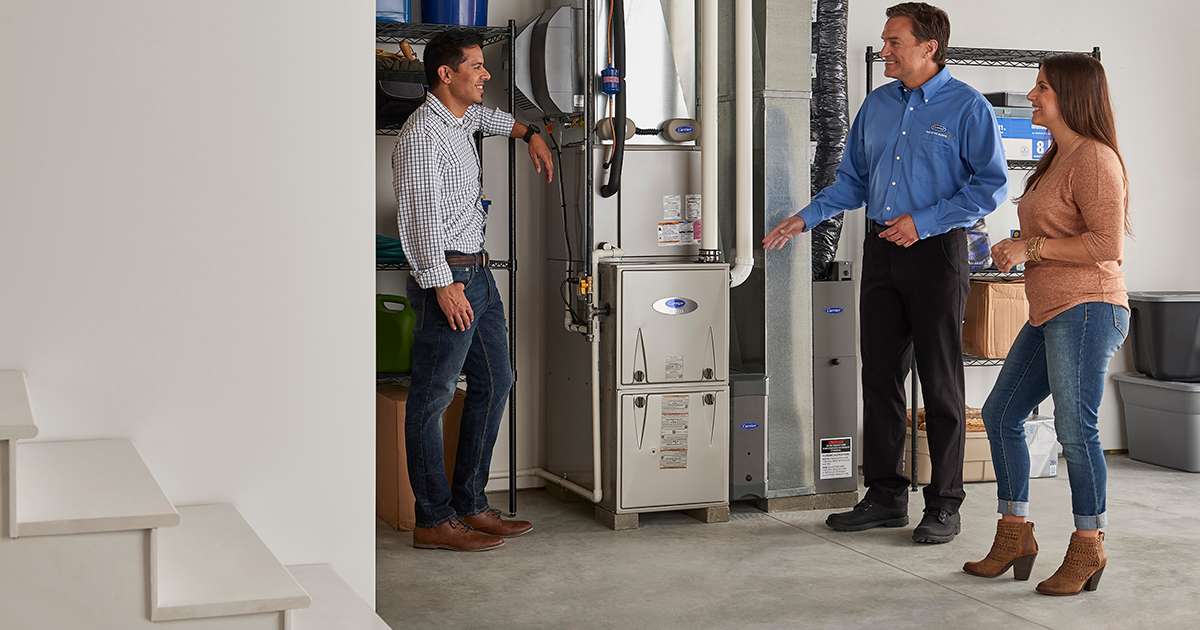How Long Does A Furnace Last?
While there is no one specific answer to the question “how long does a furnace last?” there are a number of factors that can affect the lifespan of a furnace. Quality manufacturing from a reputable brand and professional installation are good places to start. Measures you can personally take to help extend the life of your furnace include scheduling regular furnace maintenance and inspections by a qualified professional in addition to following the recommended schedule for air filter replacement.
Your personal comfort preferences and local climate can also be factors – depending on how warm or cold you keep your home, how often the system runs, and temperature extremes all can affect the lifespan of the furnace as well. Don’t discount the amount you use your air conditioning as well because in many cases, a furnace is a vital component in a central air conditioning or heat pump system.
Understanding the many factors involved in furnace lifecycles can help you make critical decisions regarding repairing or replacing your furnace. And if your furnace is nearing the end of its lifespan, Carrier offers a number of home furnaces to fit a variety of needs and budgets.

The Average Furnace Lifespan
Factors That Reduce Furnace Life Expectancy
Furnace Size
- Shorter cycles create more wear and tear on the parts of a furnace, so if the system is larger than necessary, it will turn on and off too quickly.
- Furnaces that are too small for the space may stay on too long and struggle to heat your home, which can also add wear and tear on parts.
Poor Furnace Installation
- Poorly designed, sized, or sealed ductwork impacting airflow can affect your comfort and system efficiency
- Poor drainage system for high efficiency furnaces
- Incorrectly installed fuel lines
Lack of Routine Maintenance
- Restricted airflow from dirty filters can make the system work harder
- Imbalanced fans can affect the life of motors
- Less efficient heat transfer from heat exchangers can make the system work harder
Thermostat Settings

HOW WILL I KNOW IF IT’S TIME TO REPLACE MY FURNACE?
- Frequent service calls
- Expensive repair bills
- Uneven temperatures
- Inability to stay at the thermostat’s temperature setting
- Furnace blowing cold air
- New or increased noises
- Increase in energy bills, especially for highly efficient furnaces
HOW TO EXTEND FURNACE LIFESPAN

FAQs About How Long Does A Furnace Last
Learn More About Furnaces
- Learn about Troubleshooting a Furnace
- Learn more about the cost of furnace replacement
- How do gas furnaces work?
- Cost of a gas furnace
- Learn the causes of a furnace not kicking on
- Discover what to expect with a furnace tune-up
1https://www.energy.gov/energysaver/thermostats

